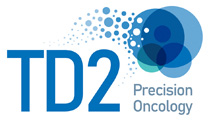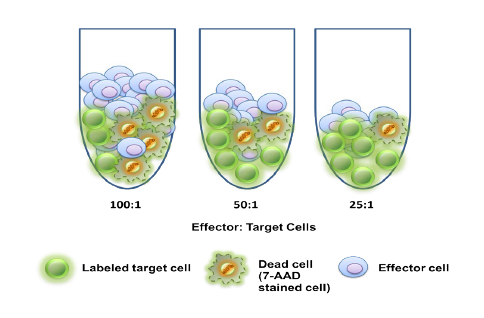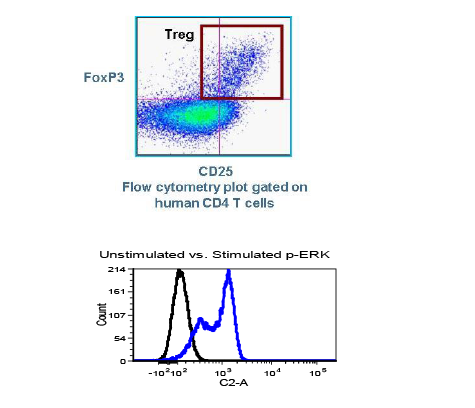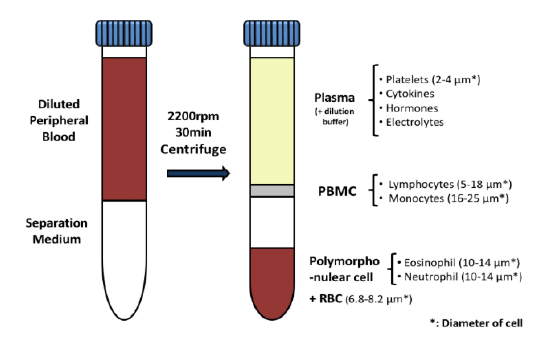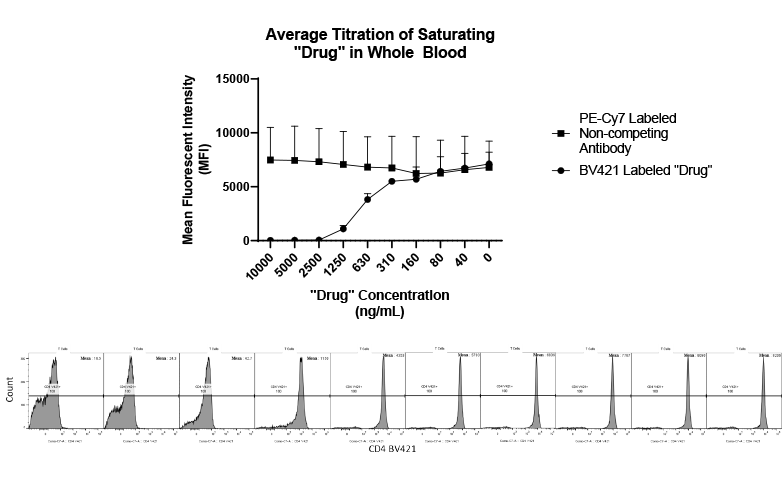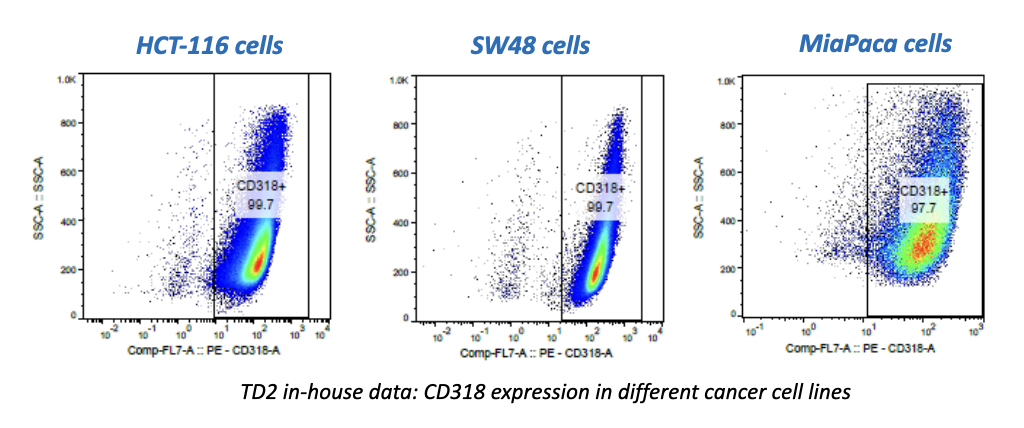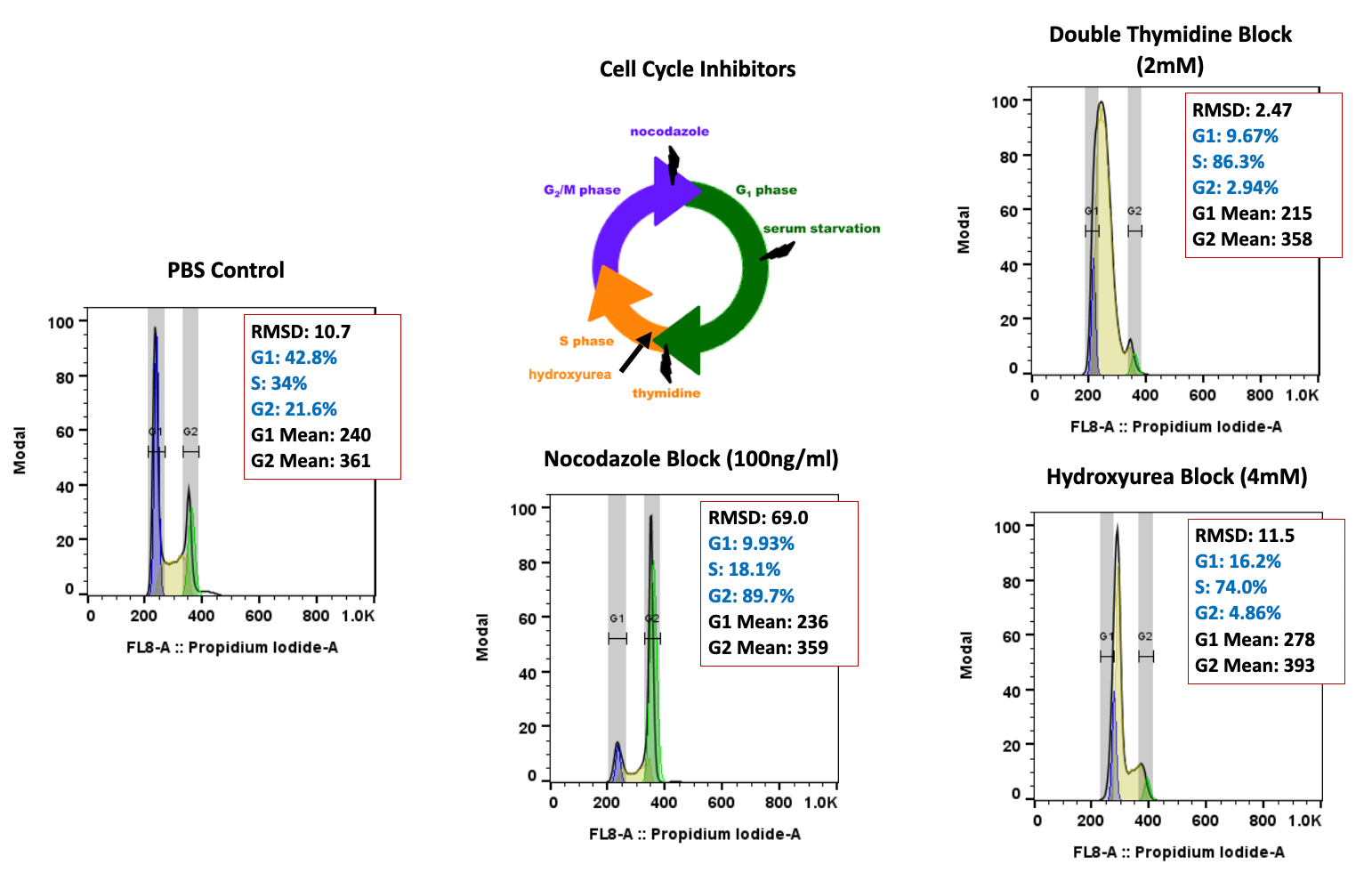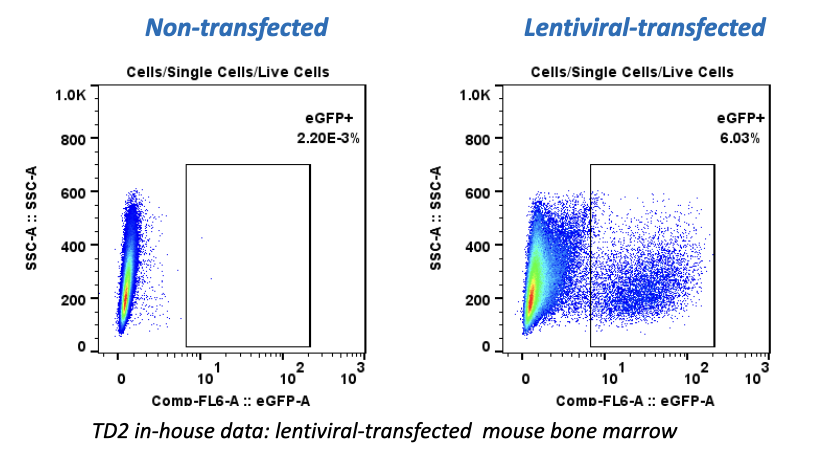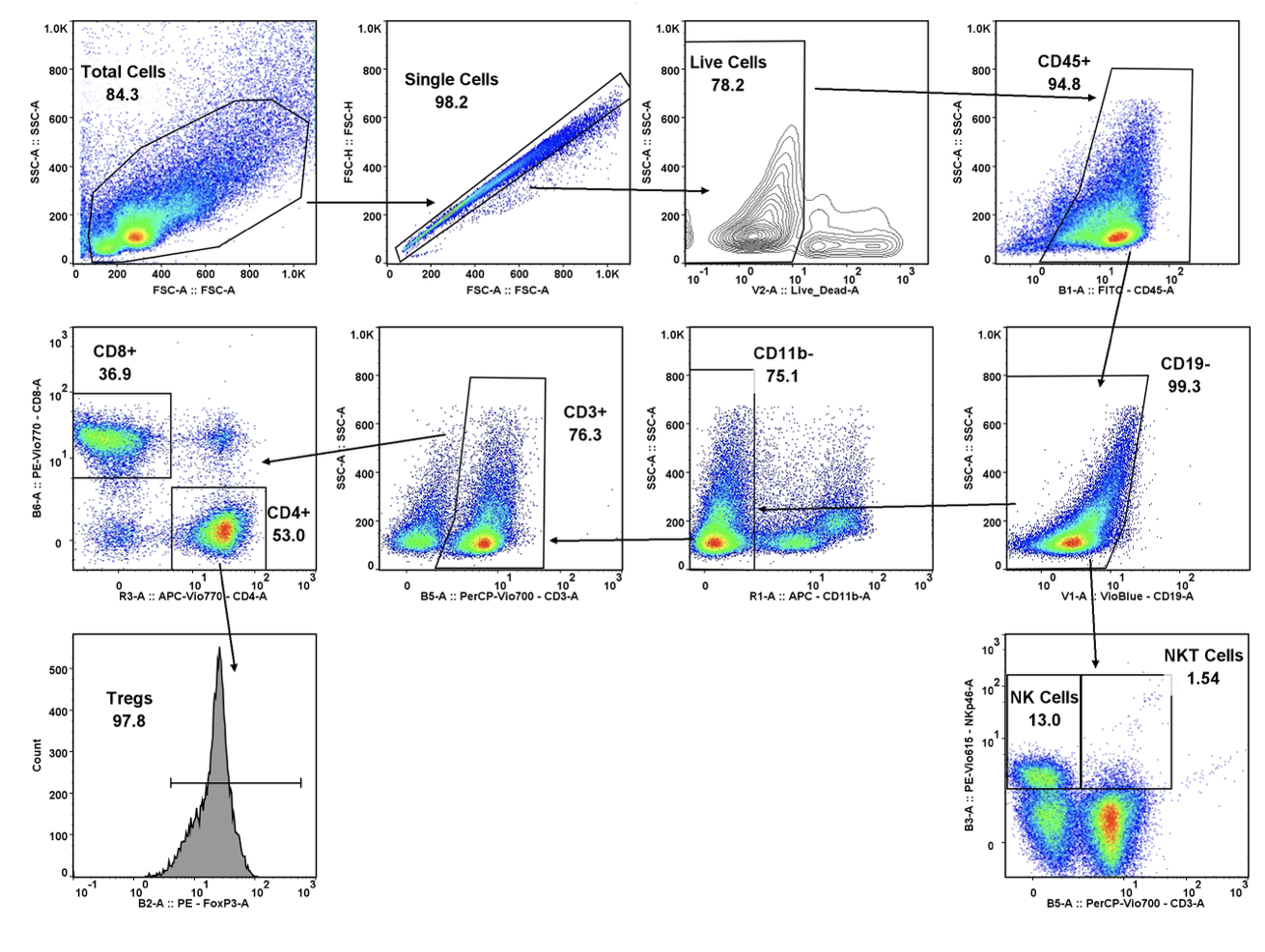All clinical trials progress through levels—Phase I, Phase II and Phase III. Phase I of a clinical trial involves studying the new drug or treatment to discover a safe dose amount. Evaluation of the drug’s safety at different doses determines whether more testing is needed. People participating in Phase I cancer clinical trials have already undergone treatment or treatments for their cancer and present a variety of cancer types.
Phase II trials test drug or treatment activity on defined groups taking standardized doses of the experimental therapy. In these trials, subjects have been diagnosed with the same kind of cancer and are in the same cancer stage. Some Phase II trials will not allow subjects to participate if they have had prior treatment.
Randomized clinical cancer clinical trials are usually performed in Phase III trials (sometimes in Phase II trials) and compare safety and efficacy of at least two distinct treatments with standard treatments using a large number of participants. Randomization of cancer clinical trial subjects involves the use a computer program that randomly selects which person belongs to what group by assigning numbers to participants. Randomization not only ensures validity of results but also eliminates the possibility of researcher bias.
Example of Bias Occurring in a Randomized Clinical Trial
If a new cancer medication has indicated in past research that it could cause side effects, physicians overseeing the trial may unknowingly avoid placing sicker subjects in the group receiving the new drug. This means the control group would accumulate more subjects with advanced cancer as the trial progressed. Consequently, those in the treatment group would appear to improve over those in the control group. In this event, subconscious bias would distort the results and invalidate the trial.
Details of all clinical trial participants are put into the computer to assist in randomizing the experiment. Details include age, gender and stage of their cancer. This makes sure that groups are reasonably equal regarding certain variables. For example, if doctors didn’t take cancer stage into account for some trials, they could end up with one group containing people with more advanced cancers, which would result in biased evidence.
A meta-analysis of randomized, clinical trials involving women with breast cancer found that “bias in reporting clinical trial results and selectively publishing these results create false perceptions of drug safety and efficacy,” leading to “inappropriate conclusions.” This type of selection bias can distort understanding of the trial as well as interpretation of any systematic overviews or reviews by producing inaccurate research summaries and even a reduction of actual toxicity outcomes. Another bias type called “spin” is a deliberate strategy meant to focus on benefits of an experimental treatment even though statistically non-significant results comprise the general outcome. Therefore, it is essential to recognize spin and/or bias in clinical trial reports when assigning levels of validity and credibility to randomized clinical trials.
How Randomized Trials Develop
An oncologist stumbles on a new and potentially effective cancer treatment that may improve on some current treatments. To test the new drug, she enlists participants for her trial. She gives one group (Z) the new treatment and the other group (X) the current treatment.
To randomize the trial properly, the oncologist selects participants of similar age and health status. She also chooses subjects based on similar treatments they’ve had in the past. Too many differences between groups could affect or skew results.
To avoid bias, the oncologist inputs details of all subjects into a computer program that randomly allocate subjects into group Z or group X. Neither the participants nor the oncologist knows which participant will be assigned to what group. In a few cancer clinical trials, subjects may be assigned to a control group or a placebo group, especially when no standard treatment exists for cancer that has already metastasized.
To learn more about randomized cancer clinical trials, please contact us today.
